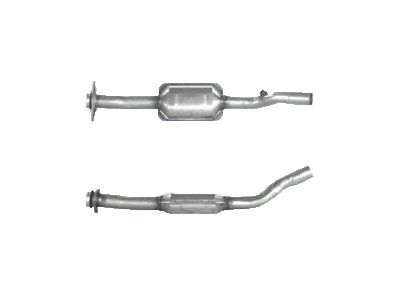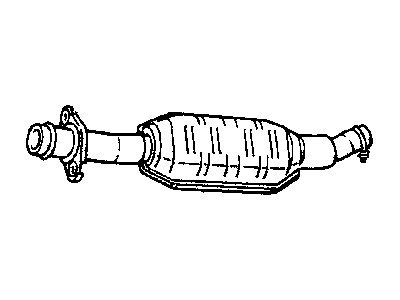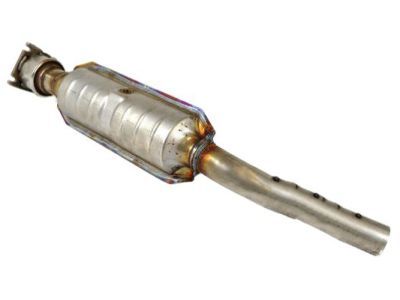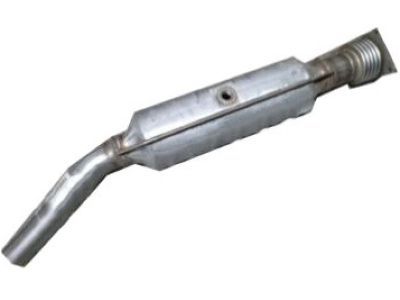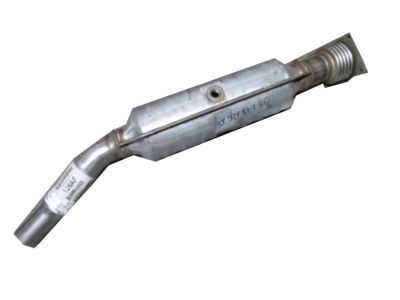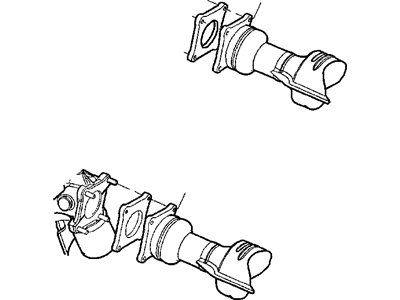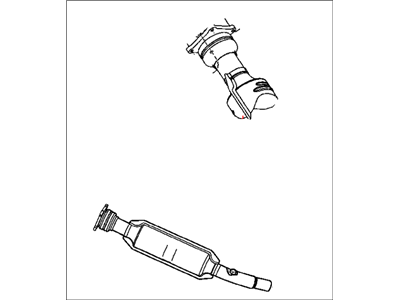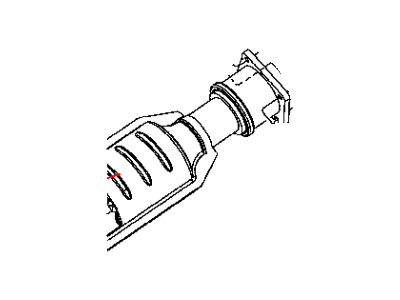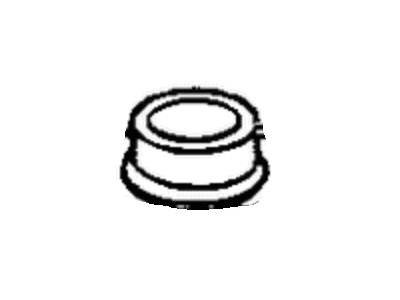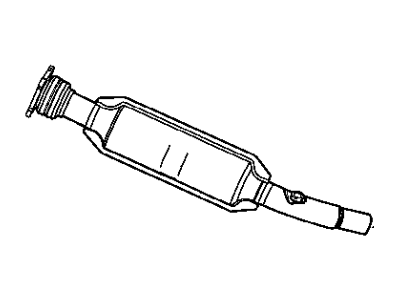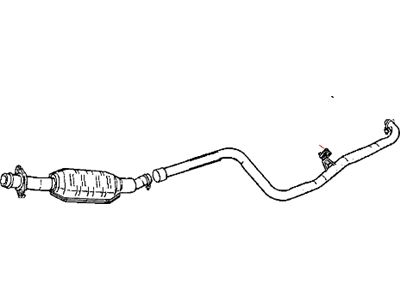
My Garage
My Account
Cart
Genuine Dodge Neon Catalytic Converter
Cat. Converter- Select Vehicle by Model
- Select Vehicle by VIN
Select Vehicle by Model
orMake
Model
Year
Select Vehicle by VIN
For the most accurate results, select vehicle by your VIN (Vehicle Identification Number).
23 Catalytic Converters found
| Page 1 of 2 |Next >
1-20 of 23 Results
Dodge Neon Catalytic Converter
Dodge Neon cars have Catalytic Converter as an important part of the exhaust as well as emission system, it helps to alter dangerous gases formed during the process of combustion into less hazardous fumes. CO, HC, and NOx are chemically converted into water, CO2, and Nitrogen, N2 respectively using the assistance of catalyst such as platinum, palladium, and rhodium among others. In various years of the production of Dodge Neon models, different types of Catalytic Converters have been used including but not limited to, the two-way Catalytic Converters and the three way Catalytic Converters. The latter was made standard by 1981 with a capability of decreasing NOx, in addition to oxidizing CO and HC. There is also the Performance Catalytic Converters, they have more holes for high flow to benefit the performance of the engine whilst still requiring the efficiency of the catalytic converter. As with any other auto part there are distinctions between direct fit and universal converters while those classified as direct fit can be bolted into place universal converters may need some further modifications in order to be installed.
Looking for affordable and high-quality auto parts? Then you have already arrived at the proper online shop. We offer all Dodge Neon Catalytic Converter at great affordable prices. Moreover, all genuine Dodge Neon Catalytic Converter come with a manufacturer's warranty. In the long run, you would realize you have saved a lot of trouble and money with OEM parts from here.
Dodge Neon Catalytic Converter Parts Questions & Experts Answers
- Q: Should you consult a dealer service department before replacing a catalytic converter due to federally mandated extended warranties on Dodge Neon?A:Because of a federal regulation requiring an additional warranty on emissions control parts and peripherals such as the catalytic converter, it is wise to discuss with the dealer service department before fixing the converter at one's own cost. The catalytic converter is an emission control device in the exhaust system that reduces pollutants from exhaust gases, with two types: the oxidation catalyst that increases the oxygen content of hydrocarbon and hence reduce the amount of hydrocarbon and CO emission and the reduction catalyst lowers the emission of the NOx by reducing their oxygen content. These catalysts are frequently bundled into a single, or what is known as a three-way catalyst, that combats all the three pollutants. It is expensive to test a catalytic converter, thus where malfunction is suspected, it is advisable to take the car to the dealer or an authorised emissions inspection station. At the time of servicing underbody components, it is also advisable to check for any leakage or rusting, dent or damage of the converter, welds and the flange bolts. As with any device, failures are exceptional but a plugged converter is always possible-and to check for restrictions, you can hook up a vacuum gauge to an intake manifold vacuum source. Then start turning on the heater, set the parking brake, collect the idle vacuum figure, flick the throttle and record the readings of the new flow. Fourth reading-If this is any farther down than one in-Hg lower than the idle reading the exhaust system can be restricted. As for disposal: chase up the vehicle on jackstands, remove the upstream downstream Oxygen Sensor, and apply penetrant to the exhaust flange nuts before removal. Disconnect the exhaust manifold from the converter by unscrewing the nuts behind the converter, you will then have to release the clamp that holds the converter behind it. When fitting the new converter as a replacement apply anti-seize compound to the threads of the exhaust manifold studs and clamp bolt and tighten the fasteners respectively to the identified torque requirement; and of course, removal and installation procedures are reversed.
